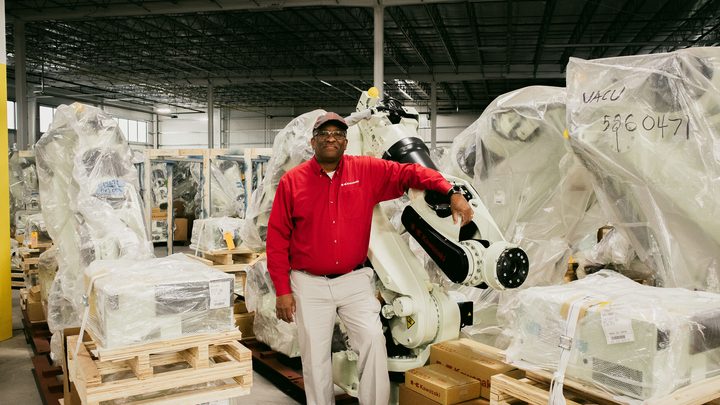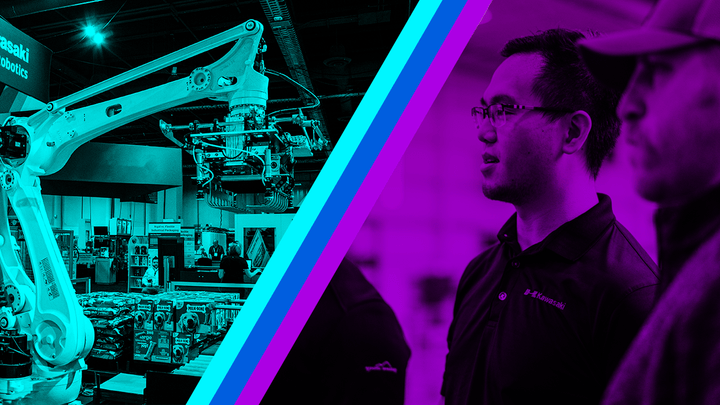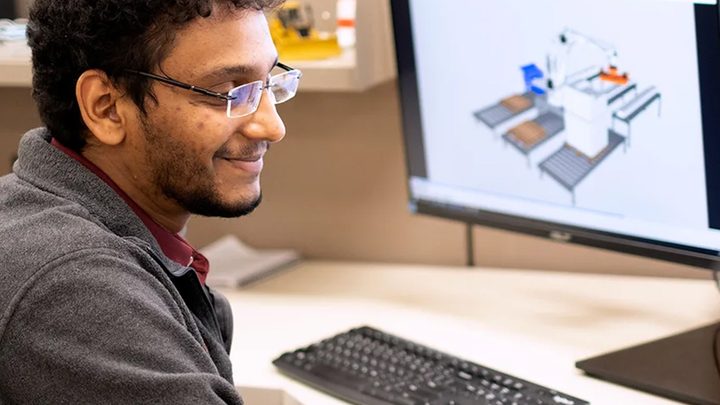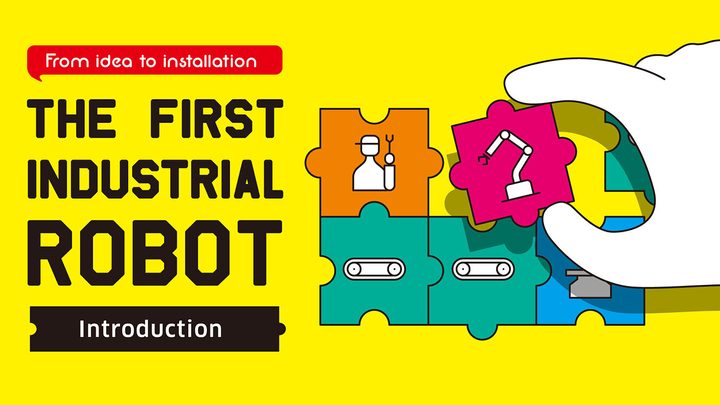Introduction to robots
1/1 Pages

We tapped Norman Dixon, our Controls Engineer, and he delivered: a list of high-performing Kawasaki robots—and the best applications for them.

If you need strong and speedy palletizing, there’s nothing better than the 180 to 500 kg payload CP Series. Let’s dive into the reasons why.

Whether you’re brand-new to Kawasaki Robotics or you have years under your belt, we’ve got a couple handfuls of tips to keep in mind as you work with our software.

Building a successful long-term Robotic Process Automation (RPA) strategy comes with four non-negotiable rules. Here’s what you need to know.

They each have benefits, and they each have weaknesses. Zachary Thoma, our Regional Sales Manager, has a complete guide on the differences between fixed and flexible automation.

Spend a little time on the NOVA Automation website and it becomes obvious that they know their way around packaging automation. And after just a few minutes talking with them, a deeper truth emerges: the people at NOVA care…

This one’s a keeper. Get honest and helpful info on your next robotic automation project from Zachary Thoma, Regional Sales Manager.

Industrial robots were born to perform laborious tasks for humans, including repetitive, dangerous processes and handling heavy objects, among others. Initially, robots were implemented for the automotive industry, but they have since expanded to others, including machinery and appliance manufacturing, agriculture, forestry, civil engineering, medical/pharmaceutical, food, and cosmetics industries — and more. Robots have proven to be particularly useful for lines with short product cycles, small-lot production of goods, and mixed-quantity production. As these needs are increasing, robots’ abilities are expanding. But when it comes to actually implementing a robot, a lot of questions arise. “What tasks can you leave to the robot?” “What steps do I need to take?” […]
